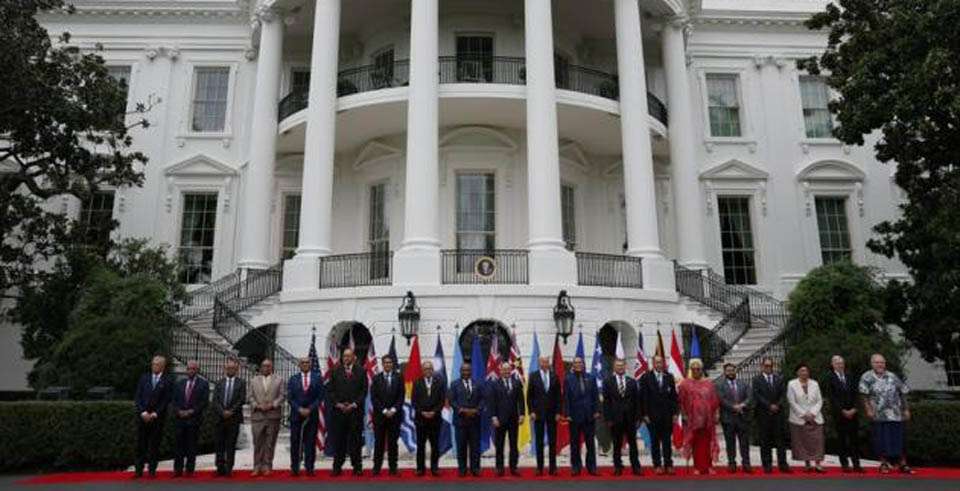The Pacific Ocean islands play a crucial role in security awareness in the Asian theater, with the US and China competing for influence and force projection. The concept of “island chain strategy” emerged from lessons learned from the Second World War and the Korean War in the early 1950s.
US security officials designed a five-chain concept for the Pacific Ocean islands, with the first three related to Taiwan and the Philippines, and Hawaii. Chains four and five focus more on contested islands, particularly those in the Indo-Pacific area.
China’s interests in the Pacific Ocean have expanded, drawing a response from the US and its allies, including Australia and Japan. In an attempt to counter China, the US is increasing its presence on islands in the mid-Pacific for the first time in almost 80 years. Islands can function as important hubs globally, but in the Pacific, they are particularly significant due to their distances and power projection capability.
US power in the Pacific is concentrated around a few large bases, such as Andersen Air Force Base on Guam and Kadena Air Base on Okinawa. If too much American air power is concentrated, missile strikes on these bases could potentially cripple the US’s ability to counter China’s moves.
The US perceives China as a growing “pacing threat” in the Pacific region, seeking to supplant the US by altering the region’s status and international system to align with its interests. Beijing uses its growing capabilities to coerce its neighbors, influencing outcomes on a case-by-case basis. In 2019, it successfully convinced Kiribati to switch its diplomatic recognition of Taiwan to China and established a Huawei data center in Papua New Guinea.
China is also involved in police projects in Fiji and has established research centers in Solomon Islands. China’s Confucius Institute in Samoa is seen as a means to spread Chinese influence, reflecting its “three warfares” doctrine: psychological warfare, media, and lawfare, which involves using legal systems to delegitimize opponents.
The Chinese government has used media influence to gain influence in the Solomon Islands, exacerbated by high unemployment. If the Solomon Islands are destabilized, spillover effects on other Pacific Ocean islands are likely, challenging both the islands and the US. To counter China, the US plans to focus on Pacific island airfields, broadening its options for establishing military bases in case of hostilities arising from China’s “three warfares” on any Pacific islands.
The US is using Tinian in the mid-Pacific as a base for its air and maritime activities, part of the Northern Mariana Islands. Tinian and nearby islands of Saipan and Guam have a rich history of US air operations, serving as bases for B-29 Superfortress bombers during WWII.
These islands offer significant outposts for the US and its allies to disperse their forces throughout the region via an island-based hub-and-spoke system of military bases. These islands are strategically important resources that can help secure and expand national interests in a competitive strategic environment.


